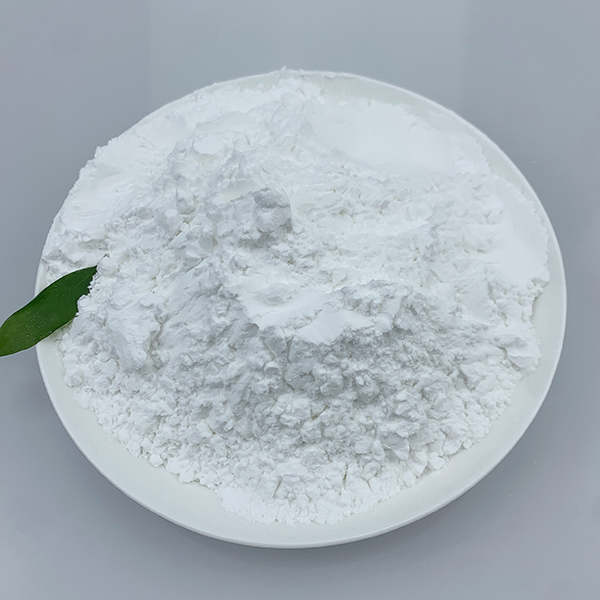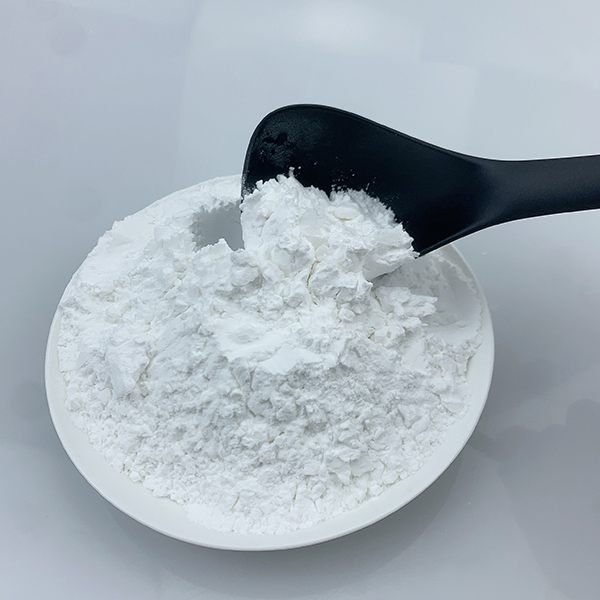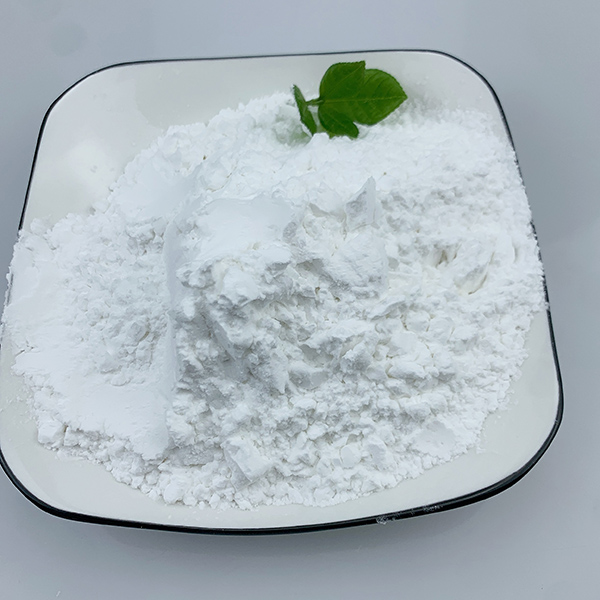Glucagon CAS: 16941-32-5 Glucagon(1-29) Human HCl GLUCAGON 1-37
Usage
Glucagon, also known as hyperglycemin and glucagon, is a straight chain polypeptide hormone secreted by α cells of the pancreatic islet, containing 29 amino acids. Its molecular formula and relative molecular weight are C153H225N43O49S=3482.8. This hormone has been synthesized in my country. White fine crystalline powder at room temperature, odorless, tasteless. Insoluble in water and most organic solvents, soluble in dilute acid and dilute lye. Most preparations are made of its hydrochloride, which is soluble in water. It is now known that glucagon must maintain its molecular integrity in order to exert its physiological activity. The hyperglycemic structure may be consistent in humans and mammals (rabbits, cattle, pigs, rats, etc.), but slightly different in birds. It is an important hormone to maintain normal blood sugar. Its main function is to activate phosphorylase in myocardium, promote glycogen decomposition and have catecholamin-like effects. Therefore, it has a strong cardiac effect on the heart, increasing the heart rate, myocardial contractility and coronary blood flow. Cardioenhancement is not accompanied by increased cardiac excitability, but increases calcium ions into cardiomyocytes and can activate adenosine cyclase on the liver cell membrane in Chemicalbook, promoting the synthesis of cyclic adenosine phosphate in cells. Glucagon has been reported to be effective in some cases of heart failure. In addition, plasma levels also increased to varying degrees in diabetes, liver disease, kidney disease, glucagon tumor and stress. Glucagon has four physiological functions of promoting liver glycogenolysis, liver glycogenogenesis, lipolysis and ketone body formation. It can promote the uptake of amino acids in liver cells, accelerate the deamination process of amino acids in liver, reduce the concentration of amino acids in plasma, reduce protein synthesis and promote liver glycogenogenesis. In addition, it can also activate the lipase capacity of liver lipid storage cells, increase the release of free fatty acids, accelerate the lipoic acid oxidation process of liver cells, and increase the production of liver glycoconeogenesis and ketone bodies. At the same time, glucagon can inhibit the tension and peristalsis of stomach, small intestine and colon, reduce the tension of gallbladder, inhibit pancreatic exocrine, and inhibit the absorption of water and salt by intestinal mucosa. Large doses of glucagon can also increase cAMP concentration in myocardial cells, increase heart rate and enhance myocardial contractility












